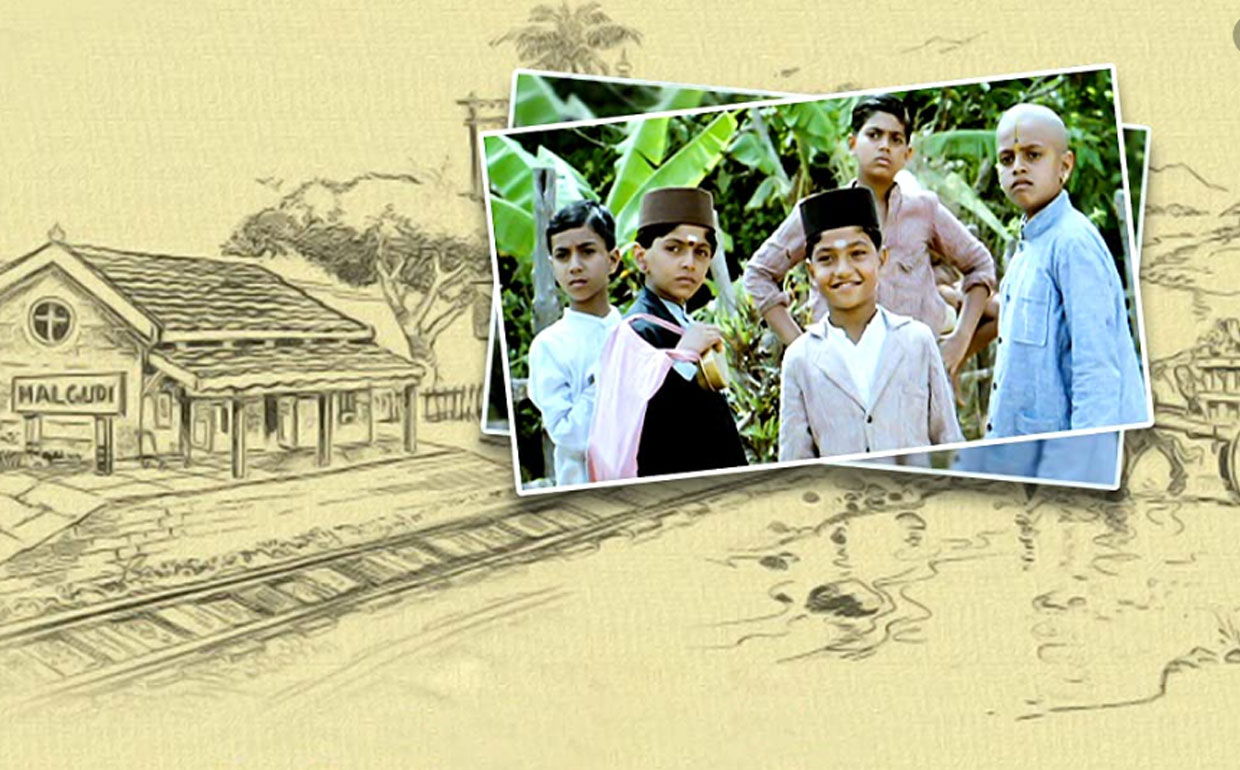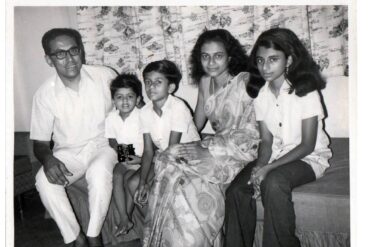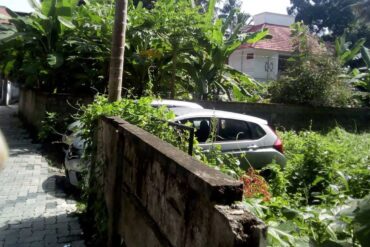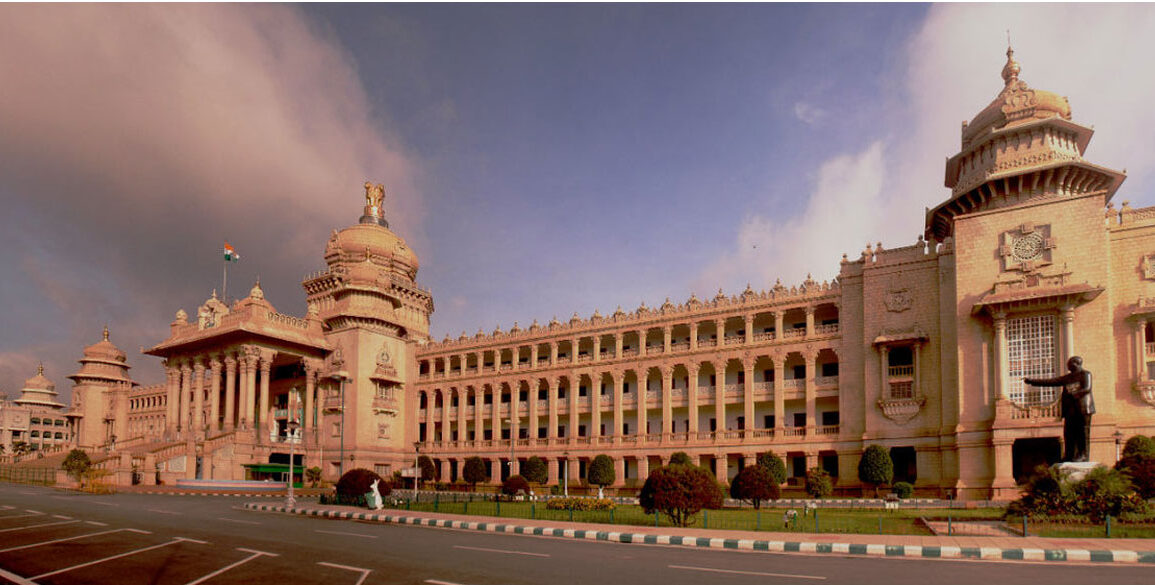Legend has it that the word “Madrasi” — usually used a pejorative — refers to anyone living south of the Vindhyas. That includes the coconut oil-loving Malayali, the Reddy who can’t get through a single meal without Gongura chutney or the dark-skinned, lungi-clad Tamilian who speaks broken Hindi.
But even stereotypes seem to ignore an entire state and its people — Karnataka and Kannadigas. And that’s weird considering Indians love to reduce anyone and everyone to caricatures. More so for someone like me, who grew up in Bengaluru, lived in Chennai and later moved to Mumbai, where I’m now used to passers-by asking me, “Aap Madrasi ho (are you a Madrasi)?”
Look around you. Movies, television serials or even advertisements have a stock representation of people from different regions. The Bengali? Voracious fish eater. Punjabis? Love grand weddings and break into the Bhangra at the drop of a hat.
But the ready reckoner for someone from Karnataka is practically absent. What’s the stock portrayal of Kannadigas in popular culture, including Bollywood — India’s dominant movie industry? How would their attire or language be portrayed, I wonder? Perhaps the last time Bollywood portrayed a lead character as from the state, a fleeting one at that, was AR Murugadoss’ Ghajini, in which the heroine Asin Thottumkal says her father was some “Shetty” from Mangaluru.
An exchange of talent between film industries, among other factors, helped establish impressions, good or bad. When personalities like Sridevi, Rajinikanth, Venkatesh and Jayaprada, Mohanlal and Priyadarshan, among others, tasted success in India’s dominant film industry, they became de-facto ambassadors of their respective states.
However, Sandalwood’s leading yesteryear actors — Rajkumar, Vishnuvardhan, Anant Nag or Ambareesh, among others — were unable to achieve the success that their peers from the south tasted. Sure, Girish Karnad and MS Sathyu were trendsetters in art cinema. Shankarnag directed Malgudi Days, the classic Doordarshan television series. His wife Arundhati and brother Anant Nag, both stellar actors, have won many an award. But these successes were mostly in the niches, not the mainstream.
And then there are others like Aishwarya Rai and Prakash Raj — who hail from coastal Karnataka, a region where Tulu, Konkani, Beary, Marathi and Malayalam are spoken apart from Kannada—who shone in the Telugu and Tamil film industries before storming Bollywood. Or Deepika Padukone, badminton champ Prakash Padukone’s daughter and a thorough-bred Bengalurean, who made her acting debut in Sandalwood, the Kannada film industry. Yet, she wasn’t sold to audiences as a Kannada actor when she acted in Shah Rukh Khan’s Om Shanti Om.
The sole exception must perhaps be ‘Kiccha’ Sudeep, who was already an established Karnataka actor before straddling roles in Telugu and Hindi cinema.
Cinema aside, the trend is more puzzling given the fact that people from Karnataka were among the initial settlers in Mumbai from the south in the first few decades after independence, who went on to set up businesses, including its famed Udupi cuisine restaurants. When the Shiv Sena attacked such establishments in the ’60s, it was a reflection of the resentment that outsiders were setting up base in a Maharashtrian city, where the proportion of the local population was waning. (To be sure, this nativist sentiment is prevalent in Bengaluru, Chennai and other cities, too.)
This ‘eclipsing’ of the Kannada identity is prevalent even in the southern film industries. A Tamil movie, for instance, is more likely to have a Malayali or Telugu-speaking character than a Kannadiga—likely because of the internecine Cauvery water-sharing dispute between Tamil Nadu and Karnataka. (Shout out to Dharala Prabhu, the Tamil remake of Vicky Donor, which was refreshing in that the leading lady was a Kannadiga who wasn’t villified!)
That attitude spills over to how we visualise our entrepreneurs from the state, too: NR Narayana Murty or Azim Premji founded successful companies that transformed India. So did Dhirubhai Ambani–but you’d have phrases like “epitome of Gujaratiness” to describe the Reliance group’s patriarch. Find me one such phrase from media commentaries to describe NRN or Capt. GR Gopinath, founder of the low-cost flyer Air Deccan.
Worryingly, this trend has extended to politics. Over the decades, we’ve had politicians from the southern states (barring one) who have had a national footprint. From NT Rama Rao to Chandrababu Naidu; K Kamaraj to MGR, Karunanidhi and Jayalalithaa; or from EMS Namboodiripad to VS Achutanandan.
But barring S Nijalingappa, who served as president of the Congress party in the 1960s, or former Vice President B D Jatti, not many politicians from Karnataka have had a pan-India impact. The ground was perhaps set for Ramakrishna Hegde, the erstwhile Janata Dal leader, to make it big but the phone-tapping scandal of the ’80s did him in.
Others like BS Yeddyurappa, a politician with socialist moorings; the Congress’ Karnataka heavyweight DK Shivakumar; and HD Deve Gowda, who served as prime minister for a short stint, have been exceptions.
Some answers are easy to find. The southern states barring Karnataka have had regional outfits lobbying for their interests — the Telugu Desam Party, AIADMK or DMK. Karnataka, in turn, was ruled by national parties like the Congress, Janata Dal and now the BJP. In hindsight, it seems like this has reduced the state’s bargaining power. To understand why, look at how Bengaluru’s demand for a suburban rail system has been systematically neglected over three decades.

The manner in which the states were created offers us another clue. Andhra Pradesh was the first Indian state to be created on the lines of language, Tamil Nadu inherited large portions of the erstwhile Tamil-speaking Madras Presidency. The Cochin and Travancore princely states were unified to form Kerala. However, Karnataka’s creation was the culmination of an arduous process that sought to unite Kannada-speaking regions in the south that were formerly ruled by the British. To this day, regions from the erstwhile Bombay Presidency and the Nizam’s princely state that were carved out to form Karnataka are known as Bombay Karnataka and Hyderabad Karnataka, respectively.
If we aren’t considering a region even for stereotypes, how would they remain in our collective consciousness? After all, even Doordarshan, the state-run broadcaster, has stopped making videos on national integration like “Mile sur mera tumhara…”
This piece has been reproduced from the author’s personal blog





